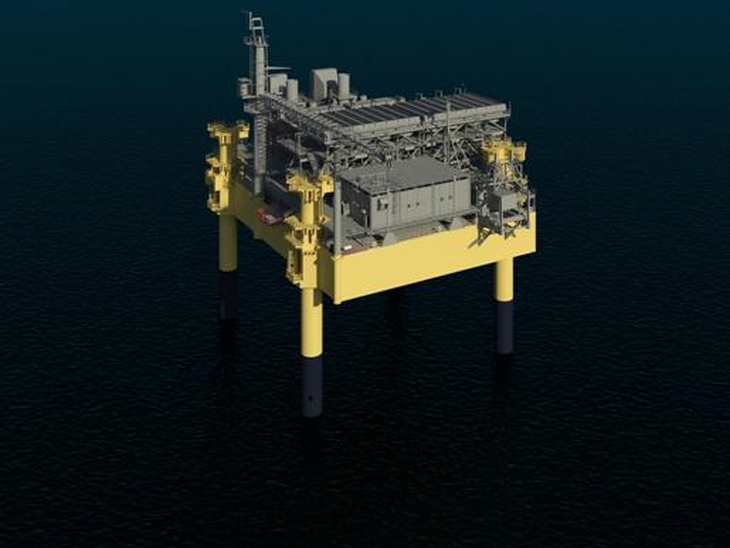Arup Completes Detailed Engineering Design of Malampaya Depletion Compression Platform
Arup
19/02/2014 18:38

Arup, a multidisciplinary engineering and consulting firm with a reputation for delivering innovative and sustainable designs, announced today that it completed the substructure detailed design of the Malampaya Depletion Compression Platform, a new offshore natural gas platform to be installed in the West Philippine Sea off the coast of Palawan, Philippines. Shell Philippines Exploration B.V. (SPEX), selected Fluor Daniel Pacific, Inc. (Fluor) to design and provide procurement support for the Malampaya Phase 3 Project, which includes the Malampaya Depletion Compression Platform. Fluor appointed Arup as a subcontractor to complete the Substructure Detailed Design and also provide procurement support on substructure related matters.
With construction completion scheduled for 2014, this new facility supports extension of the life of the Philippines only indigenous producing natural gas source, which provides 40 to 45 percent of the power generation needs for the island of Luzon (www.malampaya.com).
Arup first became involved in the Malampaya gas field in 1998 when they were commissioned to conduct feasibility studies and Front End Engineering Design (FEED). This led to Engineer Procure and Construction (EPC) phases for the initial development that included the Arup concrete gravity substructure (CGS) solution. In 2010 Arup was engaged by SPEX to develop the second fixed platform substructure. Studies were performed for floating stability, vessel sea-tow response, installation ballasting sequence and post-installation wave and seismic performance. The substructure design proposed by Arup was an adaption of the firm’s award-winning Arup Concept Elevating (ACE) platform. This specific gravity-based solution reduces foundation technical and construction risk for the client.
“Arup’s experience implementing similar self-installing platform designs allowed for the rapid development of an efficient design,” said Martyn Turner, SPEX engineering manager. “The firm’s ability to mobilize an established local engineering team from its Manila office reduced the in-country engineering execution risk and allowed us to come in ahead of schedule and within budget.”
For this extension project, Arup configured the length and width of the platform deck to provide sufficient buoyancy for float-out from the fabricator’s facility and for its tow to the site, and the structural sizing was refined to optimize efficiency and minimize cost.
Located 43 meters deep on a prepared seabed, the platform had to be configured to support 4,900 tonnes of facilities with enough stability to withstand extreme storm conditions and seismic events. Due to high seismic activity in the Philippines, detailed analyses were conducted, including a seismic hazard assessment, site response studies and liquefaction assessments. In addition to designing the substructure, Arup developed the concept for the 43 meter bridge link connecting the platform to the existing CGS platform Arup delivered in 2000.



